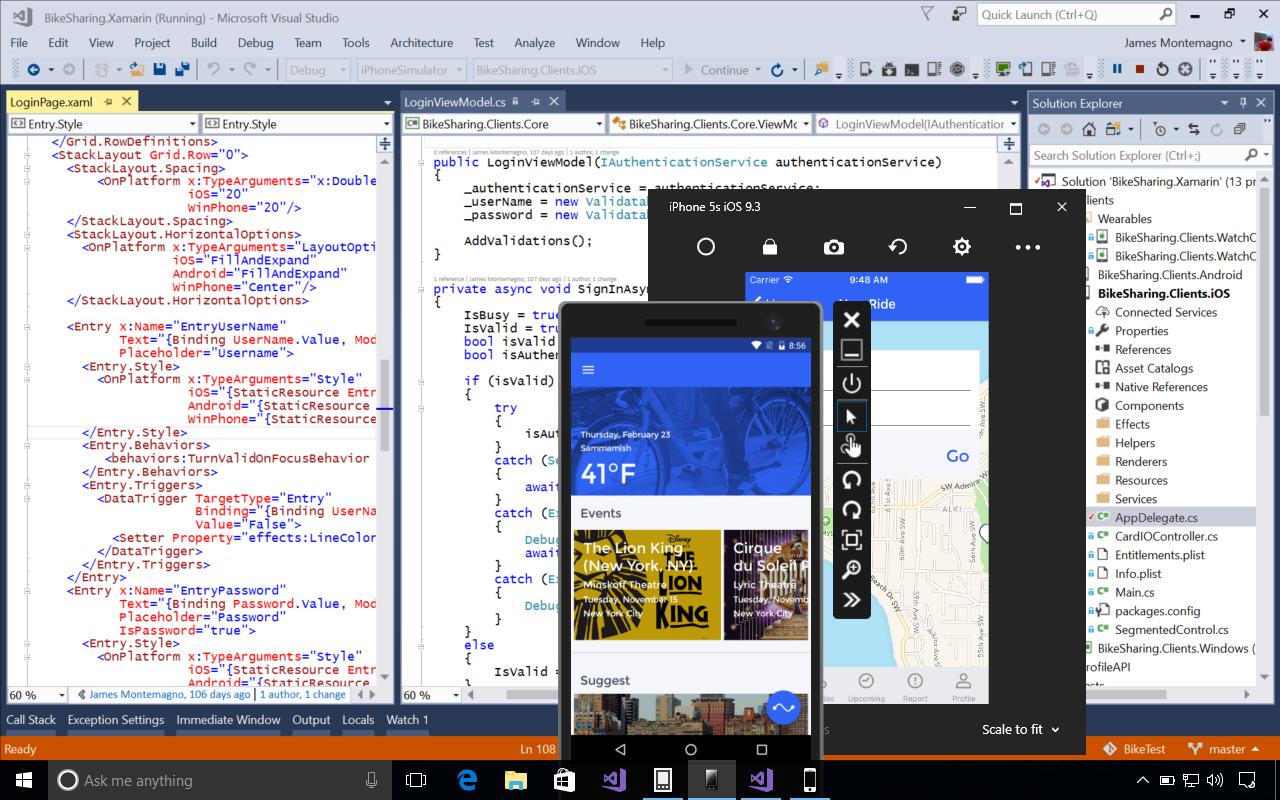

- #Microsoft visual studio 2017 enterprise student install#
- #Microsoft visual studio 2017 enterprise student update#
- #Microsoft visual studio 2017 enterprise student pro#
- #Microsoft visual studio 2017 enterprise student Offline#
- #Microsoft visual studio 2017 enterprise student download#
It’s not formatted “pretty,” so I use Notepad++ and the JSON Viewer plugin to format it first. This file is the new auto-answer or response file it takes the place of AdminDeployment.xml from VS 2015 and prior. Locate the response.json file in your layout folder.I have found that when copying on the server rather than from the client, this issue is resolved. Yes, it’s 2017 and we’re still dealing with this.
#Microsoft visual studio 2017 enterprise student pro#
PRO TIP: Some of the files in the layout folder are very long and when copying, you may get this warning from File Explorer: The installer does create a backup copy for you. This copy is best because every time you re-execute the command, the response.json file gets overwritten. This will vary based on your deployment method.
#Microsoft visual studio 2017 enterprise student install#
#Microsoft visual studio 2017 enterprise student download#
PRO TIP: If there is a glitch during the downloads, one or more components may not download but the command will appear to have succeeded.
#Microsoft visual studio 2017 enterprise student Offline#
Using the same command above, my offline layout folder is 10.6 GB. Sit back and relax, the download will take a while. This is not apparent from several samples I have seen. NOTE: In order to add multiple workloads and/or components in a single command, you need to put -add in front of every workload component.

\offline -lang en-US -includeRecommended -includeOptional -add -add -add -add -add -add -add -add -add .CodedUITest -add .Core -add .FeedbackClient -add .MicrosoftTestManager -add .WebLoadTest -add .2.0

I create the offline layout in a subfolder of my current directory called “offline.” Naming does not matter in this case.
#Microsoft visual studio 2017 enterprise student update#
This is optional but considering you’ll be re-using this command every time you want to update your offline layout, this is a good idea. What I did, as you’ll see from the command below, is getting the workloads I need, including all recommended and optional components and then added a few extra components. I am not going to take up space in this post listing the components I install. You will find the complete list of workloads and component IDs at. That’s still a hefty download but it saves a little space at least. I only download those that I will actually install.


 0 kommentar(er)
0 kommentar(er)
